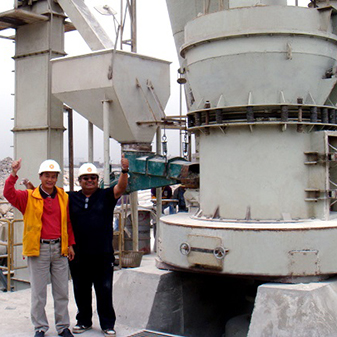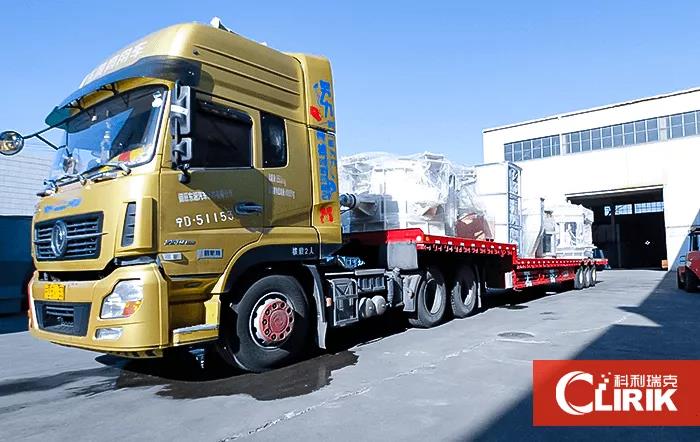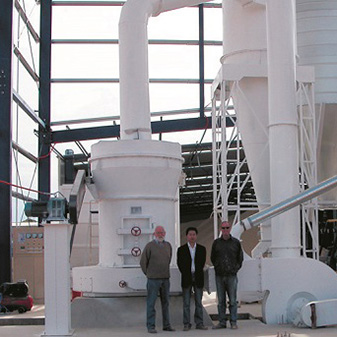Red mud, also known as red mud, is a polluting industrial solid waste discharged from bauxite after refining alumina. Red mud contains a large amount of iron oxide, so it is red in color. The ones with less iron oxide are brown or even grayish white. Generally, for every ton of alumina produced, 1-2 tons of red mud will be produced. As the fourth largest alumina producer in the world, China discharges millions of tons of red mud every year.
Red mud processing and production process
Red mud belongs to aluminum smelting waste, and it contains a lot of water, which requires pre-processing such as drying and drying.
The first stage
The red mud with high humidity needs to be dried in the yard, and then sent to the dryer for drying through the conveying equipment.
The second stage
The dried red mud powder enters into YGM Raymond mill for grinding. The fineness of grinding can be adjusted by the user, which is easy to operate.
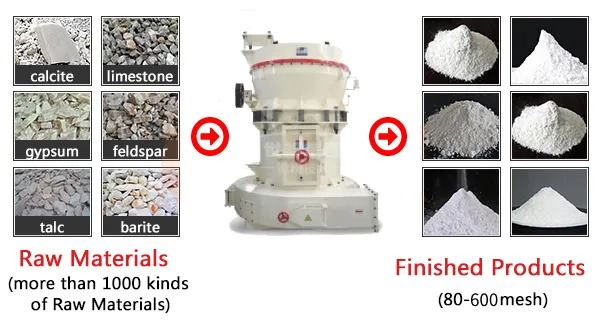
The third phase
The pulverized product enters the powder collecting device and the dust collecting device in the later stage.
The fourth stage
After collection, they are assembled into finished products, sent to finished product tanks, and shipped to downstream customers in bulk or bags.
Required equipment
In line with the principles of economy, energy saving and high efficiency, the processing of red mud should be reasonably matched with applicable machines to maximize machine efficiency. Common combinations generally use YGM Raymond mill, vibrating feeder, etc.
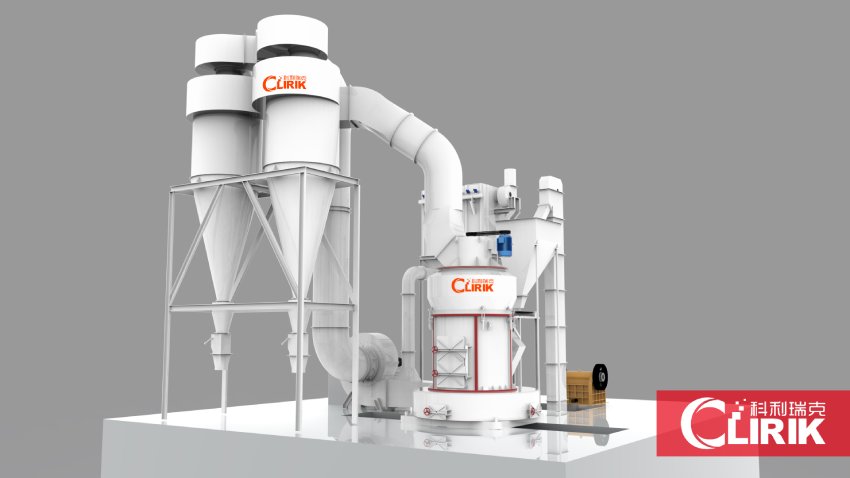
Application field
Main uses of red mud
The composition and properties of red mud determine the ways and fields of its recycling. The use of customized grinding production lines can make red mud meet the remanufacturing process in the field, which has great economic value and social and environmental effects.
(1) Production of cement
The Bayer process red mud sand can be used as the siliceous raw material in the cement raw meal to produce dry process cement, and the proportion of red mud can reach 14%. Ordinary Portland cement is produced by sintering red mud, and the proportion of red mud is about 20%-38.5%. Using sintering method and combined method red mud as raw material to produce 525 cement can increase the proportion of red mud to 45% and improve the quality of cement.
Production of environmentally friendly bricks. The red mud can be made into ceramic glazed tiles after preprocessing, batching, adding diluent, spray drying, pressing, drying, glazing, calcination and other processes, and other processes can also be used to make non-steaming bricks, fly ash Bricks and other new bricks.
(2) Preparation of new functional materials
Red mud polyethylene composite plastic has excellent anti-aging properties and flame retardancy, and can be used to make red mud plastic solar water heaters and plastic building profiles;
After red mud is ground, glass-ceramics with high compressive strength and stable chemical properties can be obtained;
Using red mud as the main raw material (more than 30%) and adding lime, bentonite admixtures and other materials, the red mud microporous calcium silicate thermal insulation material can be obtained by the dynamic method, which has a wide range of uses and high economic benefits.
(3) Production of silicon-calcium compound fertilizer
Red mud contains high Si, Ca, K, P and other components, and also contains trace elements required by dozens of crops. After dehydration, drying, and grinding to 90-150 microns, silicon calcium agricultural fertilizer can be prepared.
(4) Preparation of environmental remediation materials
Red mud has a huge specific surface area and contains a large number of nano- and sub-micron voids. It can produce red mud environmental remediation materials with controllable pore structure, high porosity, high specific surface area and high strength.

